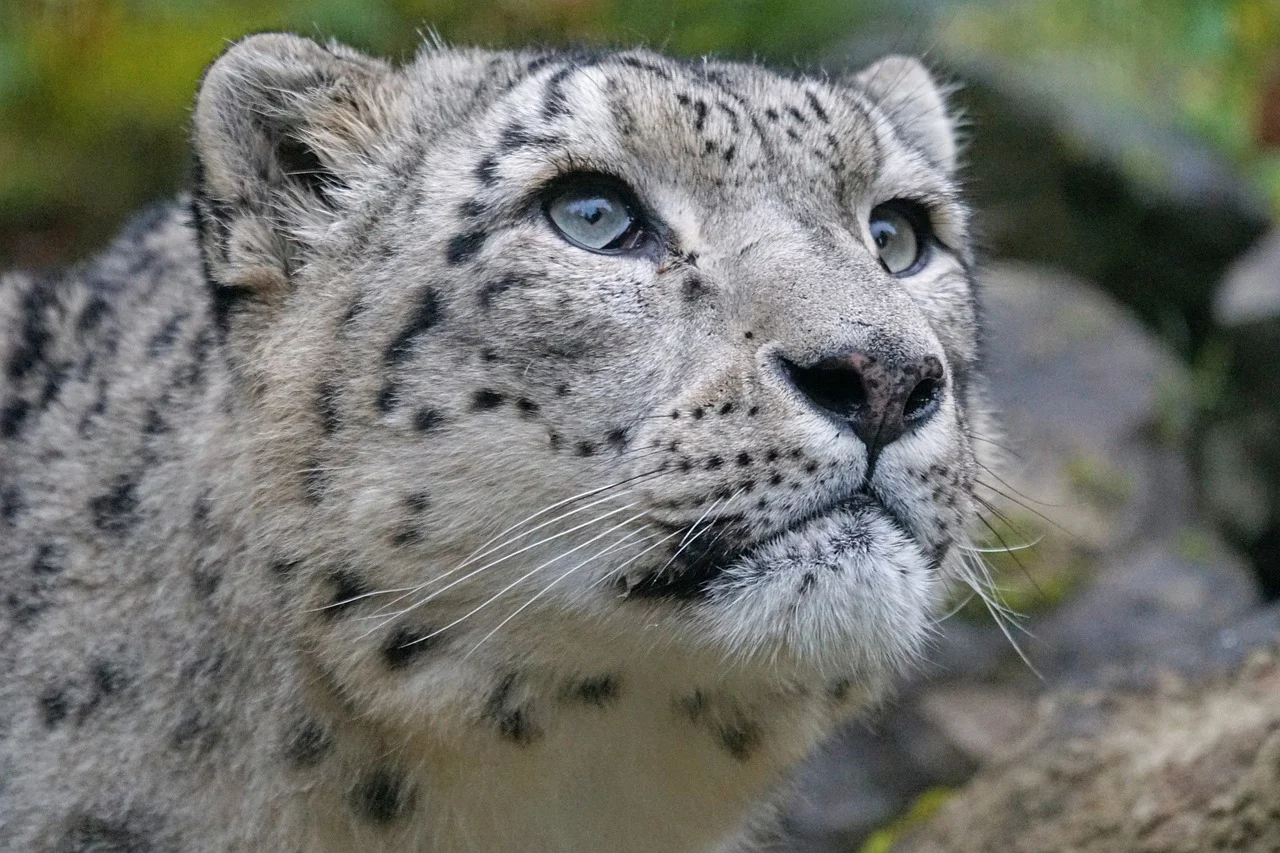Yesterday, 17th September, 2022, a cheetah was released from its enclosure into the quarantine zone of Kuno National Park in Madhya Pradesh.
As it got out, it first stretched, then walked a little bit, and finally settled down to survey its surroundings.

They will stay in the quarantine zone for a month.
After that, they will be moved to an acclimatisation zone where they will spend up to 4 months.
After that, they will be carefully introduced to the main area.
The Cheetah is the fastest animal on land – reaching speeds of over 70 miles per hour or 120 kilometers per hour.
Throughout this process, their progress will be monitored.
With this, India has the following big cats:
The Asiatic Lion
The Girl lion sanctuary in Gujarat is well known for the conservation of the Asiatic lion. There are now over 600 lions in the Gir sanctuary alone.
Tiger
Project Tiger, which began in April 1973, has worked to generate awareness and ensure the protection of tigers.
India is the only country to have both lions and tigers.
This is because lions are laid back predators while tigers are far more aggressive. Tigers are also territorial and solitary. While lions live in prides led by the alpha lion, tigers usually hunt and live alone. Child rearing is usually done by the tigress.
Tigers are known to drive lions out of every territory that they enter. This is why there is no national park that has both lions and tigers flourishing.
The tiger census numbers of India are very encouraging. From 9 tiger reserves since its formative years, the Project Tiger coverage has increased to 51 at present, spread out in 18 of our tiger range states.
There are more than 2500 tigers in India now.
Leopard
The leopard is fairly ubiquitous (something that is found everywhere) in India. We know leopards from the books of Jim Corbett, but even today, leopards and tigers are found in Jim Corbett’s karmasthali (place of work) – the mountains of Kumaon.
A popular English proverb goes – A leopard can’t change its spots.
As you can see, the leopard is marked by these distinctive spots all over its body. India has over 10,000 leopards, most of them in the North Indian hills of Kumaon.
They are also the cause of human-animal conflict.
Snow Leopard
As the name suggests, a snow leopard is only found in the highest reaches of the Himalayas – above the snow line. They are short, stocky, very heavy (almost 300 kilos!) and superb hunters, like most big cats.
The snow leopard is white, to camouflage itself in the snow.
In India, the snow leopard is listed under Schedule I of the Wildlife (Protection) Act, 1972, giving it the highest protection status under our laws.
India is estimated to have over 200 snow leopards. The Hemis National Park in Ladakh, India, has the highest number of snow leopards in a protected area for India.
Black Panther
You might remember him as Bagheera from the Jungle Book (Rudyard Kipling).
The black panther is sly, sharp, and quick. It is a dark version of the species we know as leopards. The condition of having the entire skin and spots in black colour is called melanism.
It hunts at night and the darkness provides a natural camouflage.
In India, the black panther can be found in the Western Ghats – Maharashtra, Tamil Nadu, and Karnataka. In the video below, a black panther walks somewhere in Tadoba National Park. ‘
Kabini, Nagerhole, Tadoba, Dandeli, Manas, Shravathi, and Bhadra are good national parks to try and catch a glimpse of the black panther in India.
Enjoy the sight of majestic Black Panther at Tadoba. National Park. It’s a melanistic variant of leopard seen in many forests of India. Sent by a Forest friend . pic.twitter.com/3FpPpowswS
— Susanta Nanda IFS (@susantananda3) March 6, 2019
India doesn’t have jaguars or pumas (mountain lions) at the moment.












